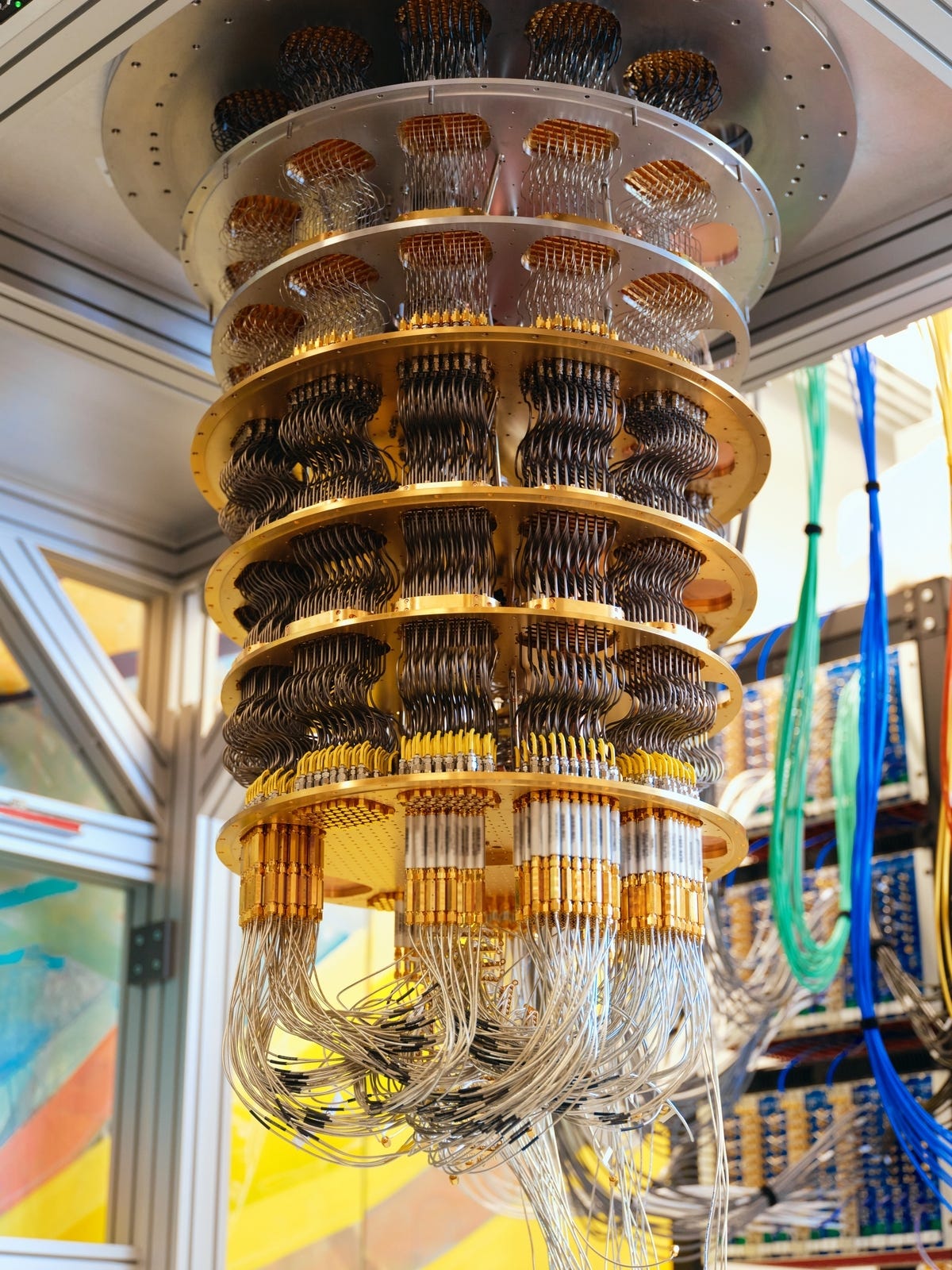Please note this article is intended for informational purposes only. All views and opinions expressed are my own, and should not be considered financial advice. Always do your own research, and consult with a financial advisor before making any investment decisions.
A seismic shift is currently underway in the NFT marketplace. For blockchain OGs (original gangsters) and newcomers to the world of crypto, these are truly exciting times. The Creation of the NFT Marketplace, by its CEO Nathan Hill, who is also the owner of Crypto Magazine, will change the crypto collectibles game forever.
A privileged few are aware of what is currently happening. The rest of the Web3 community will discover the genius of the Liquid NFT in the near future.
If you are reading this article, consider yourself one of the privileged few.
I have written a couple of articles on the Liquid NFT Marketplace. The first of which can be found here:
This 3-part series is intended to refresh the memory of NFT aficionados, whilst also providing a background and brief history of traditional NFTs for newcomers to the Web3 space.
The first NFT (collection) was created in 2014 by Kevin McCoy and Anil Dash.
Their collection was called Quantum.
Fungible vs Non-Fungible
In the world of economics and blockchain, there are two main types of tokens.
- Fungible
- Non-fungible
Fungible tokens are divisible and non-unique. Think of a cryptocurrency like Bitcoin (BTC). 1 BTC is worth 1 BTC. This is true no matter where it is issued. The same concept would apply to any fiat currency. A $1 bill in Florida has the same value as a $1 bill in Hawaii.
A non-fungible token may be divisible but is unique. Think of a piece of art like the Mona Lisa by Leonardo da Vinci. It’s one-of-a-kind. You could exchange it for money, but it would be impossible to exchange it with an identical piece of art. Even a copy of the Mona Lisa wouldn’t be identical to the original. The copy would inherently be worth less than the original.
Prior to the Liquid NFT Marketplace, NFTs could be characterised as both a blessing and a curse.
Their introduction into the world of crypto in 2014 was pioneering at the time, and in-keeping with the best traditions of new technology and shifts of paradigm.
For many people, the creation of NFTs felt like the logical progression in the natural development of the crypto ecosystem.
One that was much needed.
The advent of Bitcoin and every subsequent cryptocurrency introduced fungible tokens on the blockchain. It was only a matter of time before non-fungible tokens would follow suit.
While there are currently dozens of blockchains in existence, after the Bitcoin revolution of 2009, Ethereum was the blockchain that held the most promise for the innovation of digital currencies.
Ethereum is the name of the blockchain. Ether is the native token on that blockchain. Colloquially, the names Ether and Ethereum are used interchangeably to describe the native token. In all honesty, though, most people use Ethereum to describe both the blockchain, and the native token.
For the sake of avoiding confusion for the uninitiated, moving forward, I will also refer to the native token on the Ethereum block as Ethereum.
The significance of the Ethereum blockchain to the world of cryptocurrency cannot be understated.
It introduced to the world the paradigm of programmable money. As a result, the concept of the smart contracts on the blockchain was born.
A smart contract is a self-executing agreement.
While Bitcoin was designed primarily as a decentralised cryptocurrency, Ethereum enabled programmable logic on the blockchain. This opened endless possibilities for decentralised applications (dApps) and introduced new use cases, such as:
- Non-Fungible Tokens (NFTs)
- Decentralised Finance (DeFi)
- Gaming and Metaverse applications
- Decentralised Autonomous Organizations (DAOs)
With predefined rules written in code. Smart contracts are designed to run automatically on the blockchain when certain conditions are met.
Many of the world’s most popular blockchains are modified copies, (forks) of the Ethereum Blockchain. Think BSC, POL/MATIC, AVAX, TRON, or ARB.
These forks are known as Ethereum Virtual Machine (EVM) compatible blockchains.
The EVM is a decentralised, global computer that executes smart contracts on the Ethereum blockchain. It ensures the network can process the same instructions and outcomes everywhere. The EVM made Ethereum a universal platform for developers, which standardises how dApps are built, and deployed across the blockchain.
The fact that so many existing blockchains are modifications of the Ethereum blockchain, facilitated the use of the ERC standard.
ERC stands for Ethereum Request for Comment, and ERC standards are a set of guidelines for creating tokens on the Ethereum blockchain.
The ERC standard used for NFTs is known as ERC-721.
It was created in 2018.
A list of Relevant ERC Standards
- ERC-721 — is a non-fungible token standard on the Ethereum blockchain. It provides a set of guidelines for creating unique tokens that represent digital assets.
- ERC-20 — is a standard for creating fungible tokens, which as mentioned previously, are tokens that can be exchanged with other tokens of the same type. ERC-20 tokens can represent assets, ownership, access, or any other transferable non-unique items.
- ERC-3643 — is a standard used for permissioned tokens that can be used to tokenize real world (RWA) assets like commodities, cars, wine, or even watches.
- ERC-1155 — describes a standard that has the ability to take on the functionality of both ERC-20 and ERC-721 tokens. ERC-1155 is ideal where a collection of tokens are required. However, there have been reports that querying an owner of a token can prove to be challenging.
- ERC-404 — is a standard that deals with liquidity and native fractionation. ERC-404 tokens are normally acquired on decentralised exchanges (DEXs), and NFT marketplaces.

 8 months ago
57
8 months ago
57


 English (US) ·
English (US) ·